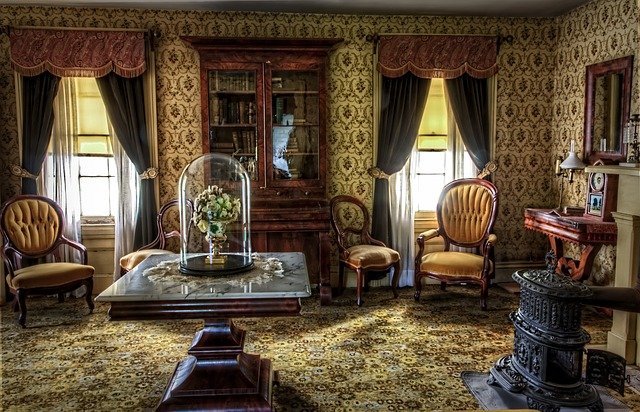8 Types of Rooms That Aren't Relevant Anymore
From morning rooms to lumber rooms, many classic home features that were once deemed necessary have fallen out of fashion. Centuries ago, estates, castles, and manors were constructed with an abundance of rooms that each had a particular purpose.
With changes in society, technology, and culture, many of these rooms wouldn’t be considered when constructing today’s home. Since the days of fainting rooms and root cellars, home design has evolved from rooms with a few specific uses to creating multipurpose spaces. While modern home design has come a long way, let’s take a nostalgic look at eight rooms that have fallen by the wayside in this blog post.
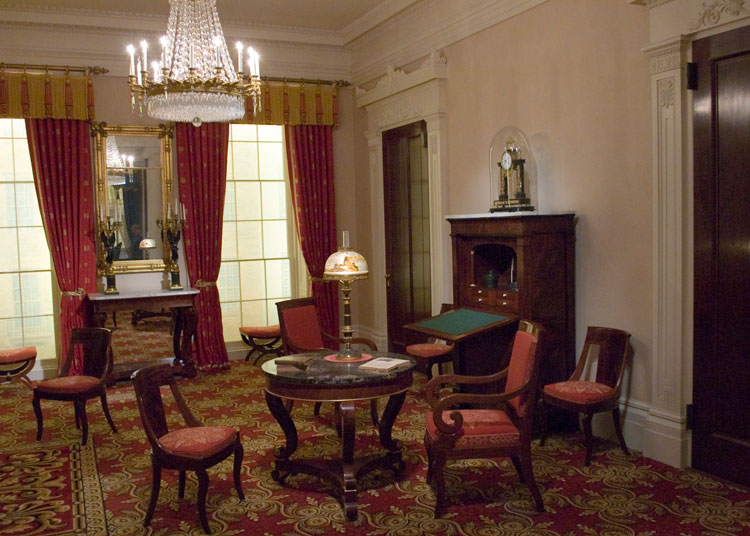 Photo Credit: A. Balet | CC By 3.0
Photo Credit: A. Balet | CC By 3.0
1. Parlor
The word parlor is derived from the French word, parler, which means “to speak.” It was the only room in which members of a French religious order were permitted to speak in the Middle Ages.
The room signified wealth in later centuries because it was specially designated for entertaining guests with lively conversation and the best furnishings. Elite members of society decorated parlors with fine art, rugs, and furniture. Couches, chairs, and ottomans were shifted continuously to accommodate the number of guests and activities, such as tea with a visiting friend or a viewing for the deceased (which used to be held in homes before funeral parlors gained popularity). It was also a way to flaunt one’s wealth because lower-class families couldn’t afford them.
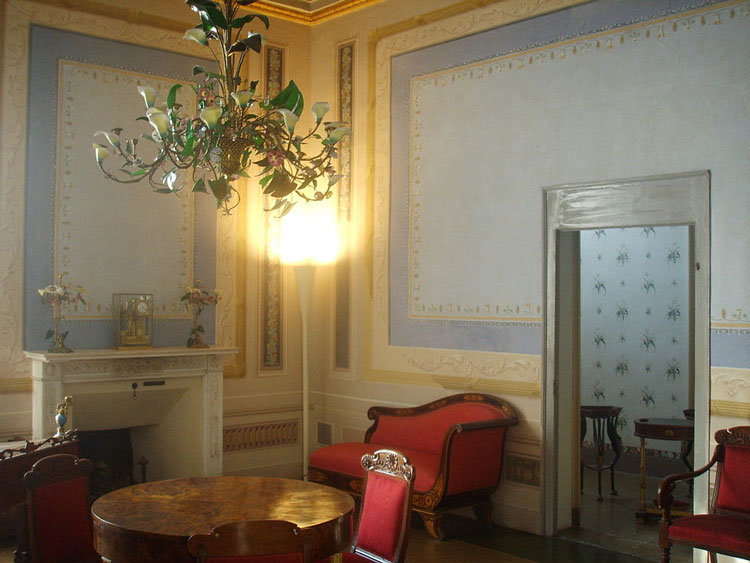 Photo Credit: Sailko | CC BY-SA 3.0
Photo Credit: Sailko | CC BY-SA 3.0
2. Fainting Room
If limiting free speech to a parlor sounds stifling, consider what breathing was like for Victorian women wearing restrictive corsets. Yikes!
The too-tight undergarments cut off women's circulation and caused swooning episodes so often that the Victorians were obligated to designate “fainting rooms” where women could recover in private. Today, if you’re fainting often enough that a special room for swooning episodes sounds like a good idea, you should probably see a medical professional.
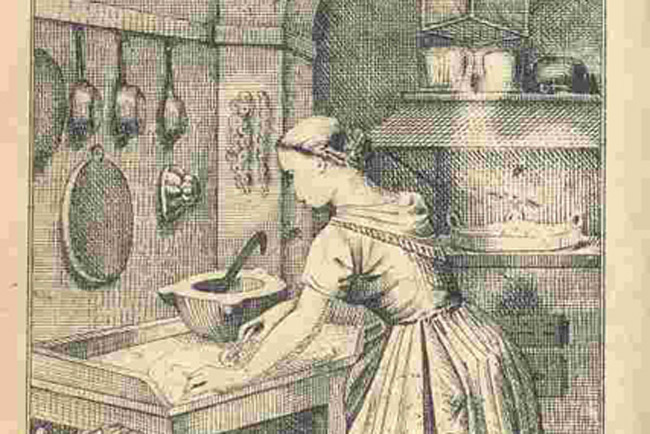 Image Source: Archivio Storico
Image Source: Archivio Storico
3. Still Room
This room’s function is in its name: that is, a room used to operate a still to make home-brewed beer and wine. Part kitchen and part science lab, it was historically used by the lady of the house to concoct cleaning products, medicines, fermented beverages, and essential oils. She passed the knowledge and skills to her daughters to increase their favorability with future suitors.
As the field of medicine grew, this room evolved to focus on food-related preparations such as jellies and beer. As time went on, the duties of the still room were passed on from the lady of the house not to her daughters, but to the housekeeper. Thus, the role of a formal still maid emerged.
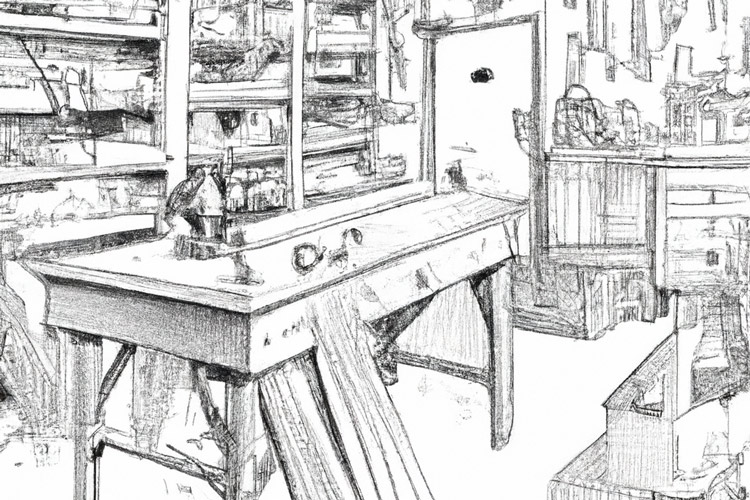 4. Lumber Room
4. Lumber Room
In the 1800s, this room was used by wealthy Britons to store lumber as well as extra and broken furniture. During this era, wealthy families usually had more furniture than space, so they kept the unused pieces in a spare room.
The lumber room had high ceilings to accommodate long pieces of wood. A workshop space was either directly in the room or adjacent to repair the broken chairs and sofas. If it wasn’t located in the house, a lumber room could also be found in a barn’s rafters above the stables.
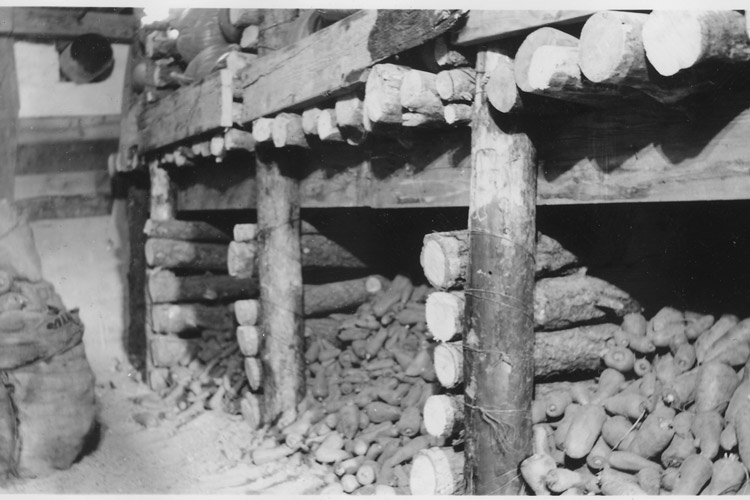 Photo Credit: US National Archives | Public Domain
Photo Credit: US National Archives | Public Domain
5. Root Cellar
A root cellar stored harvested root vegetables, such as carrots, potatoes, turnips, and beets. The cellar was either located in a basement corner or in a nearby hillside. Native Australians were the first to take advantage of storing food for the winter in foothills some 40,000 years ago. They used root cellars to keep vegetables and even fermented beverages.
But technological advances made way for refrigerators and freezers, rendering the root cellar obsolete. Today, a well-designed, custom kitchen with plenty of storage gives you enough space to store everything from your usual pantry staples to seasonal canned goods.
However, with the popularity of homebrewing and winemaking, some homeowners are building wine cellars and additional storage spaces in their basements.
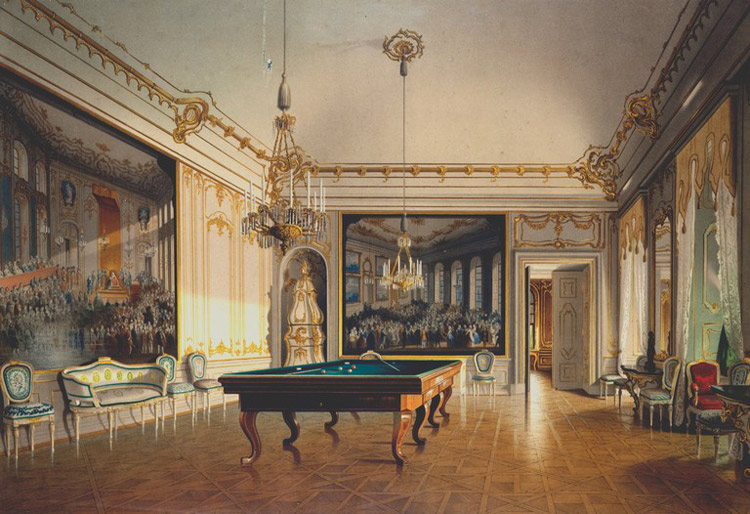 Photo Credit: Gryffindor | Public Domain
Photo Credit: Gryffindor | Public Domain
6. Billiard Room
A game once reserved for nobility, billiards became more accessible to the general public at French cafes in the 1700s. The game was so popular that social halls and establishments had several tables to accommodate eager players and onlookers.
The movie The Hustler premiered in 1961 and told the story of an amateur pool player. This movie increased billiards’ popularity and prompted the industry to make billiard tables more affordable to the general public, thus paving the way for the billiard room.
Billiard rooms eventually evolved to house other table-based games such as ping-pong, air hockey, and foosball. Many modern homes have a “man cave” where similar games are found.
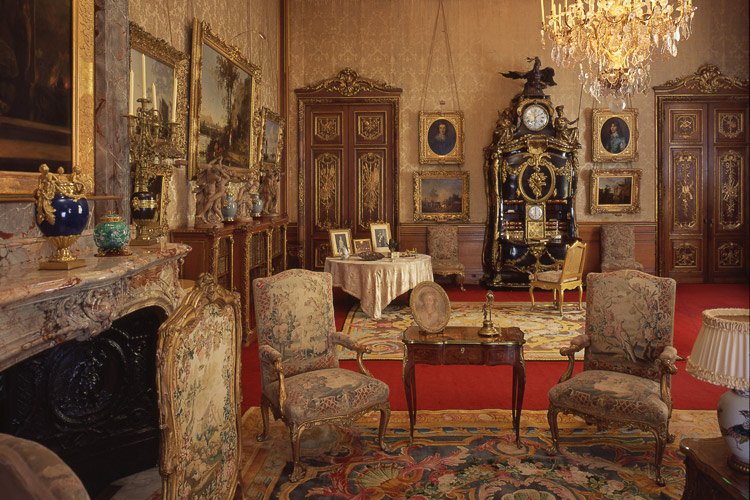 Photo Credit: MarvellousElephant | CC BY-SA 4.0
Photo Credit: MarvellousElephant | CC BY-SA 4.0
7. Morning Room
Appropriately named, this room was used in the morning by the lady of the house to take care of household duties, such as making a grocery list, writing letters, and receiving guests.
The morning room had lots of windows to let in the natural light of the sun. Today, morning rooms are often called “breakfast nooks” and used for casual dining and that first cup of coffee.
A sunroom could also be deemed a morning room, since both rooms’ goal is to take advantage of the sun’s light with large windows and the room’s orientation.
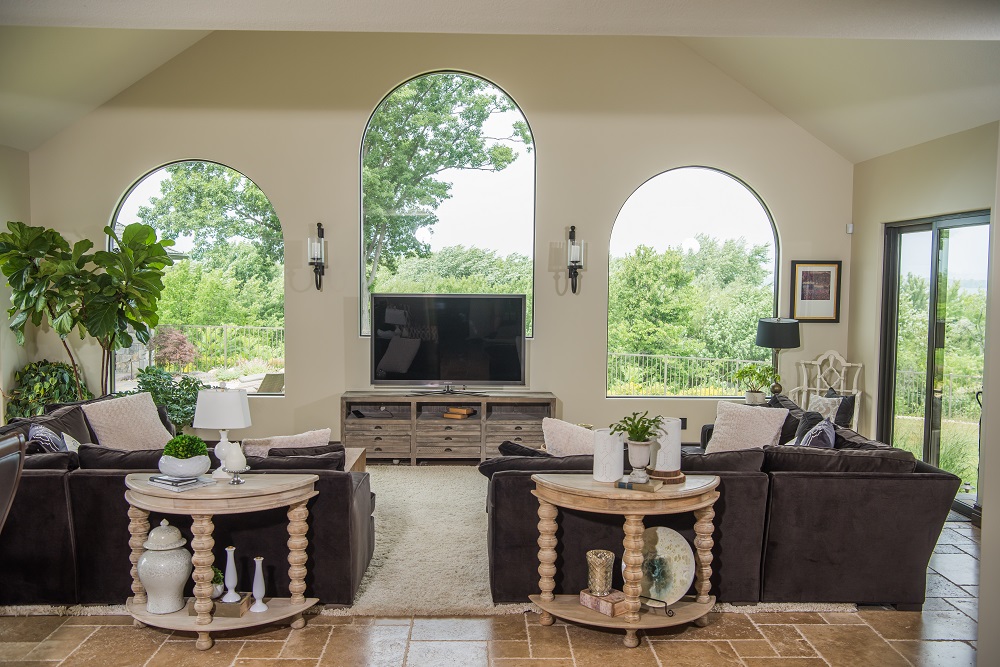
8. Drawing Room
The drawing room is where people and their guests would congregate before and after dinner to visit. Alternatively, this is where the homeowner could “withdraw” from the house’s hustle and bustle.
In today’s homes, the drawing room is equivalent to a formal living room. The drawing room was typically situated out of the way and decorated with pricier furnishings that need protection from children and pets.
Modern Home Design
Perhaps you’re thankful fainting rooms are a thing of the past, but a breakfast nook with ample sunlight sounds ideal. Whatever you’re looking for in a home, Maleno can custom-build it or find it. We’ve constructed over 1,000 homes and apartments in the Erie region and have a seasoned team of real estate agents. Contact us today for more information on our custom building and real estate services.
Contributed by Matt Flowers
Contact Us for More Information

